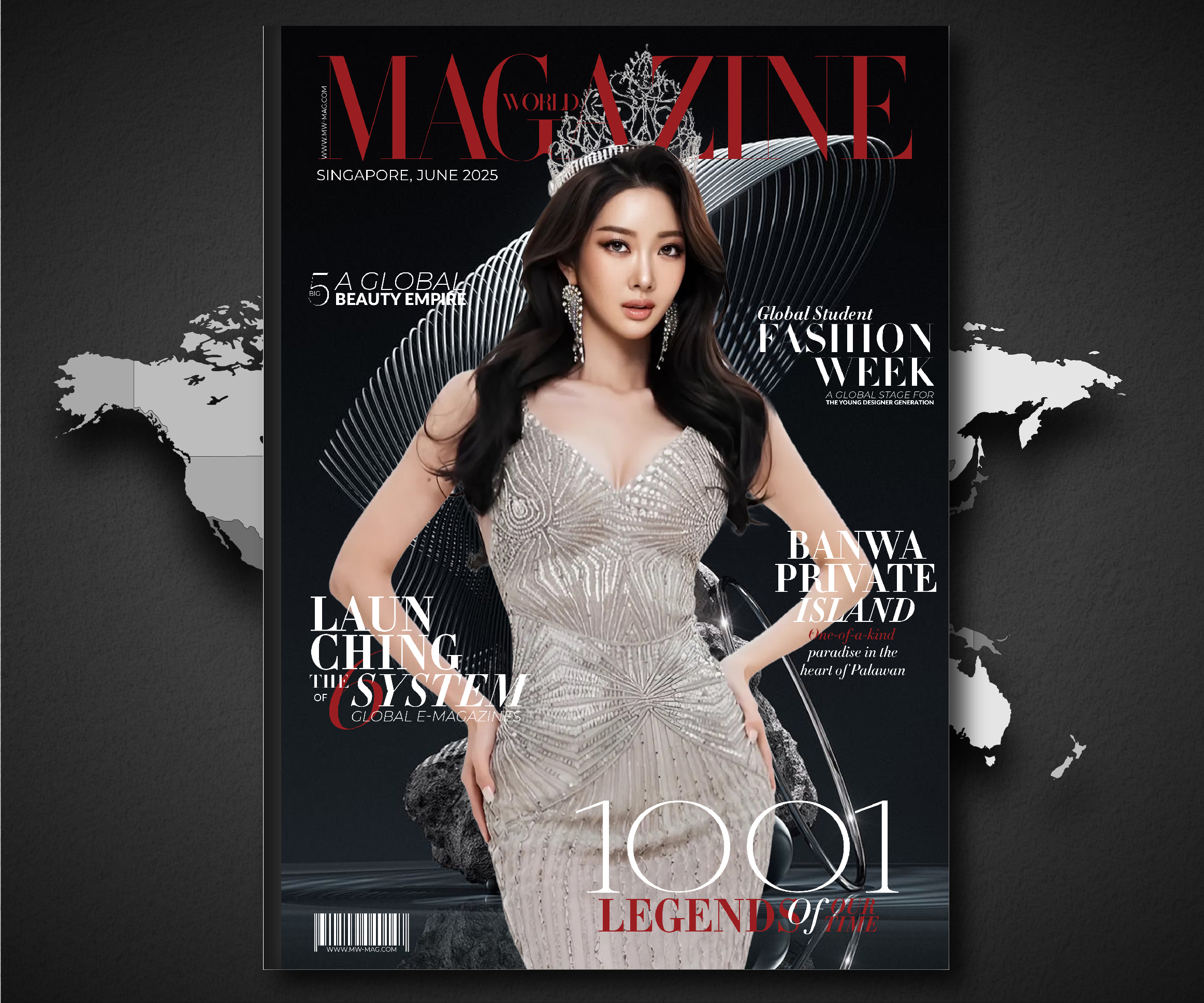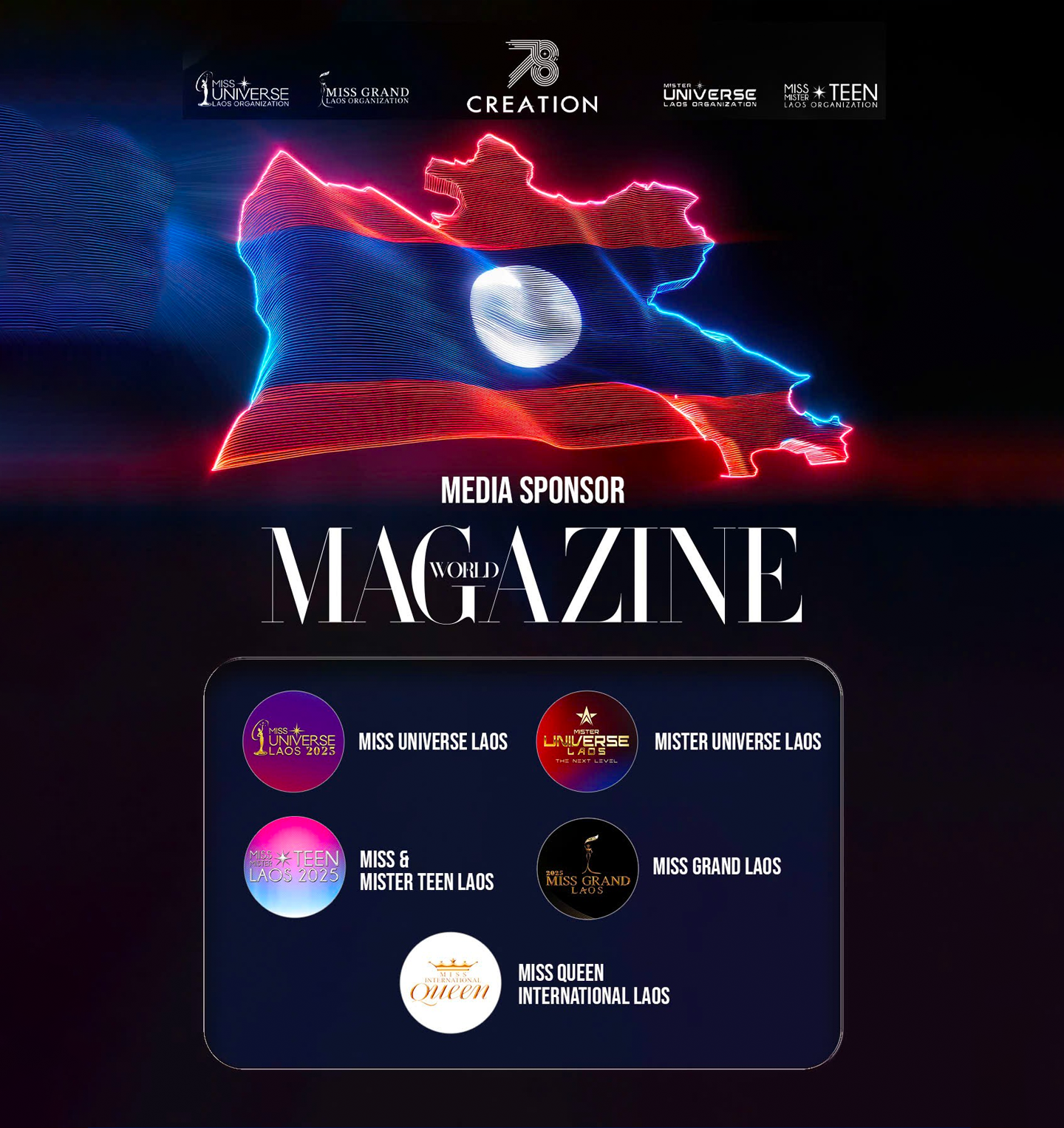Taylor Swift’s twelfth studio album, The Life of a Showgirl, represents a dramatic, exuberant return to pure pop music, a stark contrast to the lyrical density of its immediate predecessors. Conceived in the electrifying wake of her record-breaking Eras Tour, the album is a glamorous, hyper-vibrant reflection of Swift’s triumphant personal life and heightened public profile. At the center of this thematic overhaul is the title track, featuring singer Sabrina Carpenter, which introduces the mysterious figure of “Kitty.” Far from being another veiled celebrity reference, Kitty is a brilliant piece of literary misdirection—a fictional showgirl whose dialogue serves as the philosophical backbone of the entire record. Swift herself described Kitty as the embodiment of an older, wiser voice, a veteran performer who steps out from behind the glitter to warn the younger narrator about the true cost of fame. This character is the ultimate foil, a sage figure who complicates the album’s dazzling surface, transforming a collection of upbeat love songs into a nuanced meditation on ambition, sacrifice, and the relentless demands of show business.
The Mastermind’s Metaphor: Creating the Fictional Muse
Taylor Swift has built a career on the hyper-specific, weaving real-life narratives and identifiable figures into her lyrics, making her an easy target for media speculation. The introduction of “Kitty” in the title track, “The Life of a Showgirl,” played directly into this expectation, instantly sending fans and journalists scrambling to identify the real woman behind the persona. However, in the “Track by Track” version of the album commentary released on Amazon Music, Swift put the speculation to rest, confirming that Kitty is purely a fictional character.
:max_bytes(150000):strip_icc():format(webp)/Taylor-Swift-The-Life-of-a-Showgirl-100225-tout-03-4eb59132a1c34065978926e8815044ea.jpg)
This choice to invent a central character is a significant evolution in Swift’s songwriting technique, demonstrating her comfort in the fictional worlds she pioneered on her 2020 albums. Kitty is not a cipher for an actual friend or rival, but a carefully constructed symbol. She is a woman who has endured the “pitfalls and obstacle courses” of show business and has come out the other side, not jaded, but clear-eyed and protective. By assigning the crucial, cautionary monologue in the title track to this fictional mentor, Swift creates a universal voice of wisdom, one that speaks beyond the personal drama of the artist’s own life and addresses the broader, timeless themes of fame and artistic sacrifice.
The Showgirl Aesthetic: Flamboyance and Philosophical Depth
The Life of a Showgirl is defined by a deliberately theatrical, high-glamour visual aesthetic, captured in fashion photographs that make it her most overtly flamboyant era. This visual choice—drawing on the old-school Hollywood and Las Vegas glamour of showgirls—is directly tied to the album’s central tension, which Kitty’s character embodies. The showgirl, historically, is the ultimate representation of spectacle and artifice, masking personal effort and often hardship beneath a dazzling façade of sequins and bright lights.
:max_bytes(150000):strip_icc():format(webp)/The-Life-of-a-Showgirl-Taylor-Swift-081325-2-cbea2fc25d9143358f01c6c1e007309a.jpg)
The album, conversely, is about “what was going on behind the scenes in my inner life during this tour,” a contrast that Kitty highlights. While the younger narrator is drawn to the “glitter and the glamour,” Kitty offers the counter-perspective, warning her that there is “so much more that comes with it.” The album thus uses the showgirl theme to explore the duality of the celebrity life: the exuberant public performance versus the guarded, often complex personal reality. This thematic framework allows Swift to explore the concepts of professional exhaustion and the pressure to constantly perform, even while feeling a sense of deep personal triumph, making the album far more complex than a simple chronicle of a happy, engaged pop star.
The Passing of the Torch: Kitty, Sabrina Carpenter, and the Next Generation
The inclusion of Sabrina Carpenter on the title track is intrinsically linked to the philosophical role of the Kitty character. Swift praised Carpenter as “the ultimate showgirl” in her commentary, suggesting a thematic connection between the young pop prodigy, the fictional mentor, and the song’s overall message. According to one interpretation, the title track features a chorus sung from the perspective of the current “star,” who warns an aspiring younger showgirl—perhaps implicitly represented by Carpenter—about the cost of fame before she takes the plunge.
The lyrical structure of the song, which is a conversational and advisory piece, functions as a powerful “passing of the torch” moment within the context of the pop music industry. Kitty, the fictional veteran, represents the accumulated wisdom of all women who have survived and thrived in the spotlight. Her advice is not to quit, but to proceed with caution, fully understanding the trade-offs involved. This collaboration, therefore, is not just a musical feature; it is a profound meta-commentary on the journey of women in the entertainment industry, using the showgirl as a perfect metaphor for the demanding, high-stakes career of a modern pop star.
Musical Context: The Contrast with Lyrically Heavy Predecessors
The genesis of The Life of a Showgirl as a project heavily influenced by the character of Kitty highlights a conscious artistic pivot for Swift. Following the moody soundscape of Midnights and the “data dump” of lyrical density in The Tortured Poets Department, Swift sought to make a “conscious return to straight-up pop music,” prioritizing “infectious” melodies. This shift in sonic ambition is directly addressed by Kitty’s world-weary warning.
The showgirl’s life, as depicted in the album’s theme, is visually spectacular and high-energy, but demanding. This mirrors the difference between the musically elaborate, emotional processing of her previous work and the lighthearted, whimsical nature of this new pop record. Tracks like “Father Figure” and “Cancelled!” contain the darker, industry-focused commentary that aligns with Kitty’s cynicism (“They wanna see you rise, they don’t want you to reign”). Conversely, the celebratory love songs about her fiancé, Travis Kelce, represent the “glamour” side of the life—the reward that makes the spectacle worthwhile. Kitty’s presence ensures that even in the album’s most joyful moments, a clear-eyed perspective on the hustle and its costs is never far from the surface.
The Final Act: Acceptance and the Embrace of the Showgirl Life
Ultimately, Kitty’s role is not to deter the younger star, but to set the stakes for the album’s final, powerful declaration. The emotional arc of the record, for one school of thought, is about the narrator grappling with the life she gave up—the road not taken—and eventually accepting and celebrating the life she chose. The emotional climax arrives in the title track’s closing lines, where the narrator speaks of her ultimate acceptance.
The lyrics, “I’m married to the hustle. And now I know the life of a showgirl, babe. And I’ll never know another. Pain hidden by the lipstick and lace. Sequins are forever. And now I know the life of a showgirl, babe. Wouldn’t have it any othe1r way,” serve as the definitive final word. The narrator, having heard Kitty’s warning, embraces the life of the showgirl entirely. This ending transforms Kitty’s cautionary tale into a rite of passage. She is the oracle who provided the truth, allowing the narrator to fully commit to her fate with open eyes. Kitty, the fictional showgirl, is therefore the most essential character on the album, providing the narrative weight that elevates the record from a personal diary entry to a grand, cinematic statement on the price and power of a legendary career.




